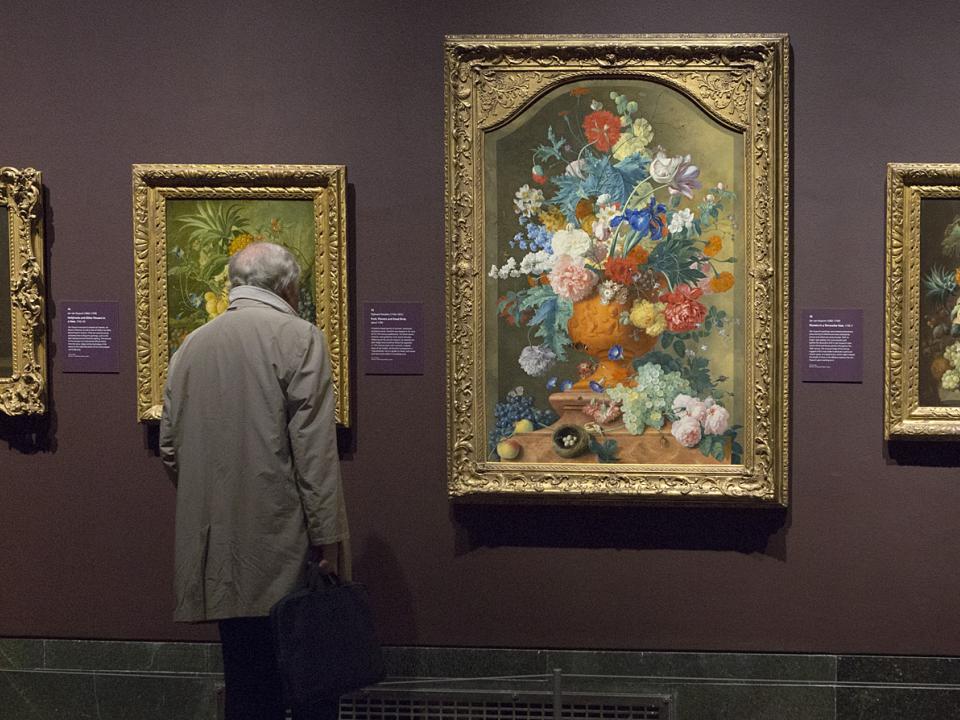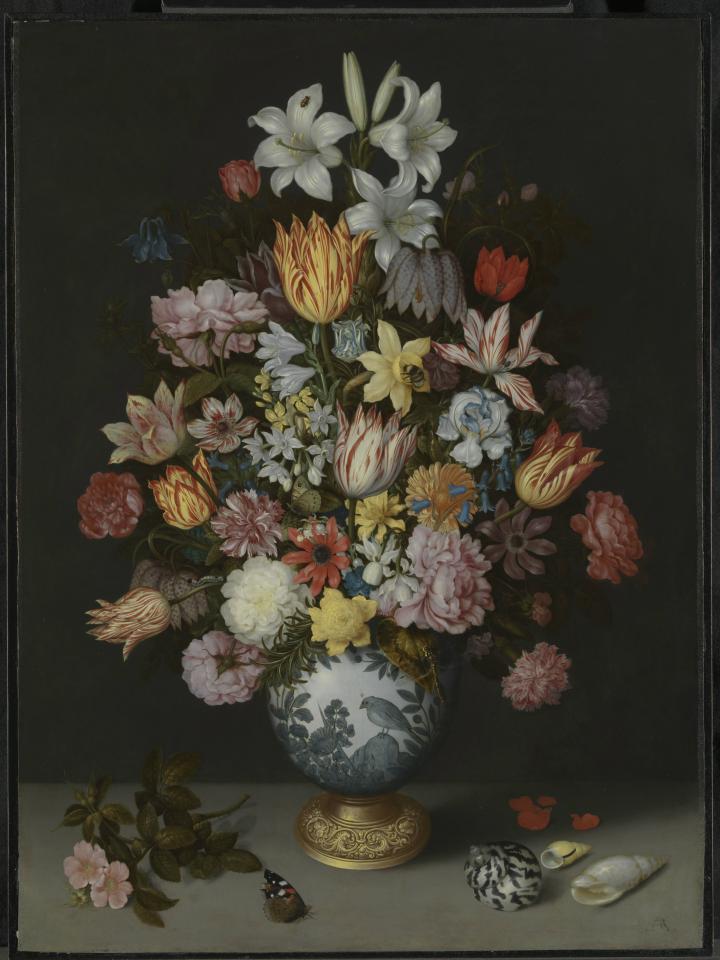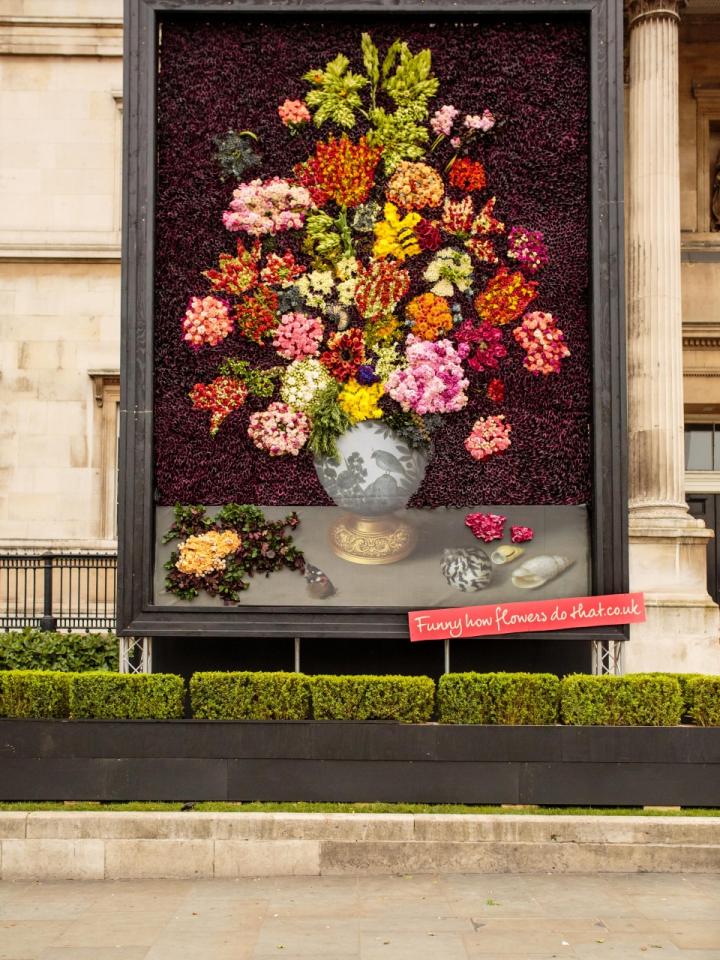What was the role of these beautiful floral masterpieces?
These beautiful and detailed paintings were a way of ‘preserving’ flowers beyond their natural season; also, the flowers included here, for example, in A Still Life of Flowers in a Wan Li Vase, did not all bloom at the same time, so this painting, like most of those in the exhibition, represented an impossible ideal. Few people would have had the resources to be able to cultivate all these flowers in their own gardens.
What was significant about this era of still life painting?
The naturalism, the extraordinary attention to detail, and the interest in scientific precision – but all so artistically presented.

Was the symbolism of the flowers depicted important?
Some of the flowers indeed had traditional symbolic associations – the white lily is often associated with the Virgin Mary, for example, but by the 17th century I think most (though not all) artists were concerned more with compositional effects than symbolic ones.
The bouquet is full of hidden details, what is the role of the insects in the painting?
I think the insects played a dual role: on the one hand, they were a reminder of the inevitability of decay and mortality; but on the other hand, I think they functioned as an amusing game for viewers of the painting: can you find all the insects? They’re also a reminder to us that this is the great age of scientific discovery, when the use of microscopes and magnifying lenses greatly increased the understanding of the natural world.

Which would have been the most expensive flowers within the Bouquet depicted?
Hard to say….but probably the tulips. Exotic flamed or striped specimens could command extraordinary prices!
Dutch Flowers exhibition at the National Gallery was on until 29 August 2016.





